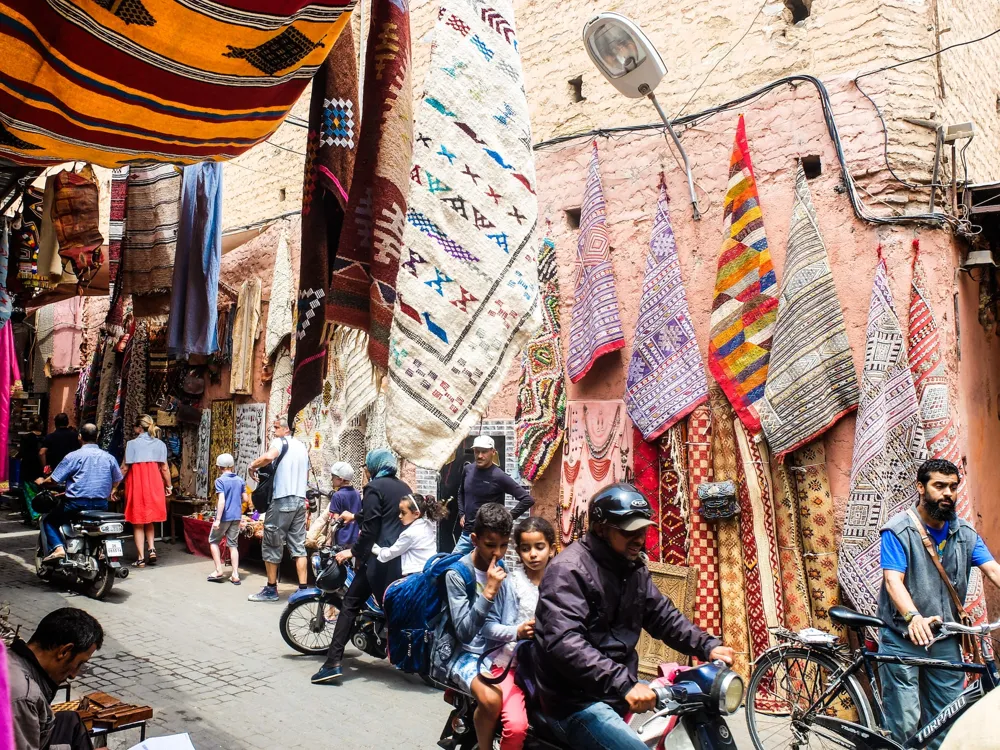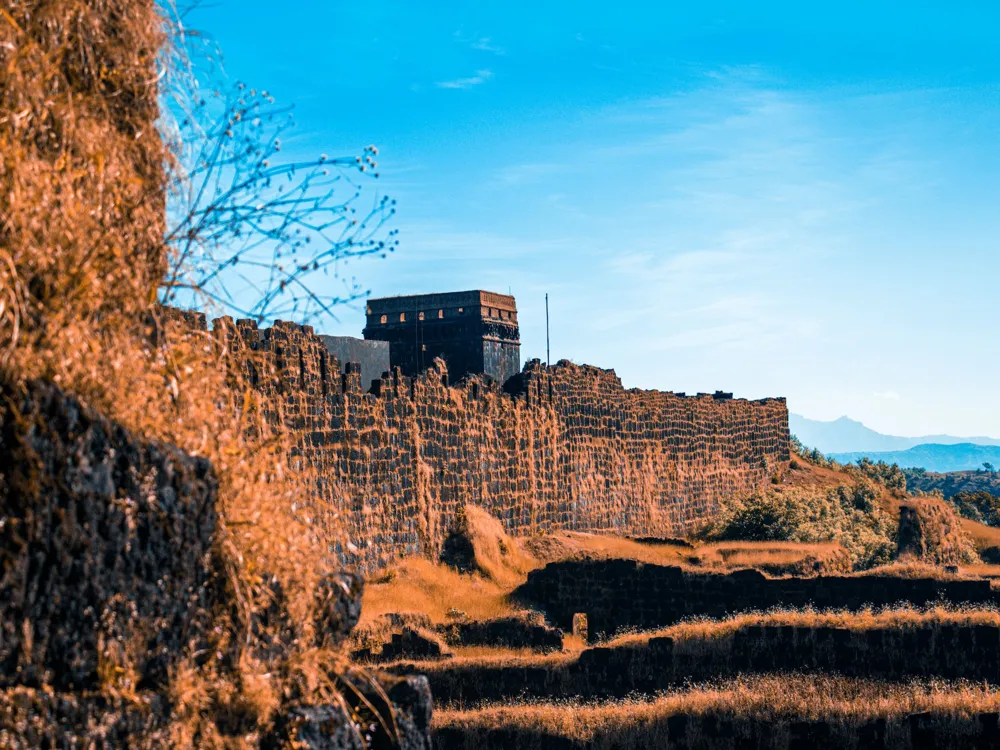Overview of Maruti Temple Goa in Panaji, Goa
Maruti Temple, nestled in the charming city of Panaji, Goa, stands as a quintessential emblem of spiritual and architectural grandeur. Dedicated to Lord Hanuman, known as Maruti in several parts of India, this temple is not just a place of worship but a beacon of cultural and historical significance. The temple's location on the Altinho hill provides a panoramic view of the city, making it a popular spot not only for devotees but also for tourists seeking tranquility and beauty.
The history of Maruti Temple is deeply intertwined with the Goan culture and heritage. It dates back to the times when Hinduism was undergoing a resurgence in Goa, which was then under Portuguese rule. The temple served as a symbol of Hindu resistance and cultural identity. Over the years, the temple has been renovated and expanded, but it continues to retain its traditional charm and spiritual aura.
The architecture of Maruti Temple is a blend of modern and traditional elements, reflecting the unique Goan style. The temple's striking feature is its bright orange color, which stands out amidst the lush green surroundings. The main shrine, housing the idol of Lord Hanuman, is an artistic masterpiece. Intricate carvings, beautiful murals, and ornate decorations adorn the temple, making it a splendid example of Goan temple architecture.
Architecture of Maruti Temple Goa
The Maruti Temple in Goa is a marvel of architectural ingenuity, blending the traditional Goan style with modern influences. Its location on the Altinho hilltop offers a strategic vantage point, overseeing the bustling city of Panaji. The temple's design reflects a harmonious balance between nature and spirituality, creating a serene and inviting ambiance.
The temple's exterior, painted in a vibrant orange hue, captures the essence of Goan culture. This choice of color is not just aesthetically pleasing but also holds cultural significance, symbolizing vitality and spiritual energy. The temple's façade is adorned with intricate carvings and statues that depict scenes from Hindu mythology, adding to its mystical charm.
Inside, the temple showcases a splendid main hall or 'Sabha Mandap,' where devotees gather for prayers and ceremonies. The hall is spacious, allowing for a large congregation of worshippers. The ceiling is decorated with exquisite paintings depicting the life of Lord Hanuman, each telling a story from the epic Ramayana. The sanctum sanctorum, where the idol of Lord Hanuman resides, is a masterpiece of craftsmanship. The idol, carved from black stone, exudes a powerful spiritual presence, drawing devotees into a deep reverence.
Tips When Visiting Maruti Temple Goa
Click to expand
Visiting the Maruti Temple in Goa is a spiritually enriching experience, but it's important to keep in mind some tips to make your visit smooth and respectful. Firstly, dress conservatively as a sign of respect in this sacred space. It's advisable to avoid shorts and sleeveless tops. Secondly, photography inside the temple might be restricted, so always check for signs or ask for permission before capturing the beautiful architecture and surroundings.
The temple is usually crowded during Hindu festivals, so plan your visit accordingly if you prefer a quieter experience. Also, as the temple is located on a hill, wear comfortable shoes for the climb. Finally, immerse yourself in the spiritual ambiance of the temple, and don't hesitate to participate in the rituals and ceremonies to experience the local culture fully.
How To Reach Maruti Temple Goa
Reaching Maruti Temple in Goa is quite convenient, as it is well-connected by various modes of transportation. The nearest airport is the Goa International Airport, from where you can hire a taxi or take a bus to Panaji. Once in Panaji, Maruti Temple is easily accessible by local buses, auto-rickshaws, or taxis. It's located on the Altinho hill, a prominent landmark in the city. For those who prefer to walk, it's a short and scenic climb from the city center to the temple.
Read More:


























